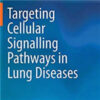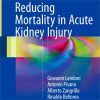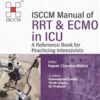Cardiac Index and Heart Rate as Prognostic Indicators for Mortality in Septic Shock
cell.comOur retrospective study shows that monitoring cardiac index and heart rate in patients with septic shock may help predict the organismal response and hemodynamic consequences, as well as the prognosis. Thus, healthcare providers should carefully monitor changes in these parameters in septic shock patients transferred to the ICU for treatment.
Mortality Risk Stratification: A U-shaped relationship between cardiac index (CI) levels and mortality risk in septic shock patients was identified, emphasizing the need for precise risk stratification.
Optimal CI Range: CI levels within 1.85–2.8 L/min/m2 demonstrated a lower mortality hazard ratio, suggesting an optimal therapeutic window for improved outcomes in septic shock.
Heart Rate Prediction: Heart rate (HR) emerged as a predictor of mortality, with a defined cut-off value of 93.63 bpm, providing an additional tool for risk assessment in these patients.
Subgroup Analysis: Subgroup categorization based on HR and CI revealed distinct survival patterns, aiding in the identification of high-risk patient subsets and informing tailored interventions.
Prognostic Factors: Elevated HR in combination with abnormal CI levels significantly increased the risk of 28-day mortality, underlining the importance of assessing both parameters for prognostication.

















